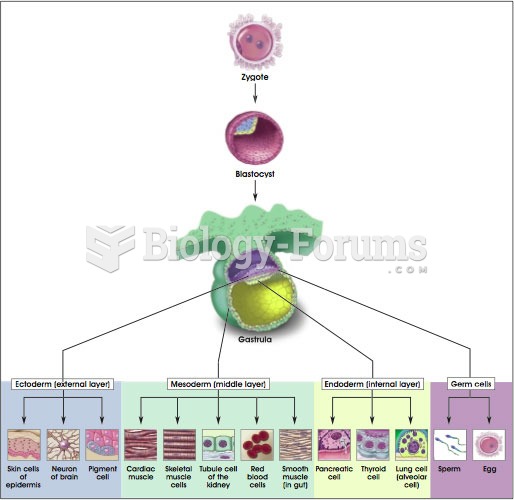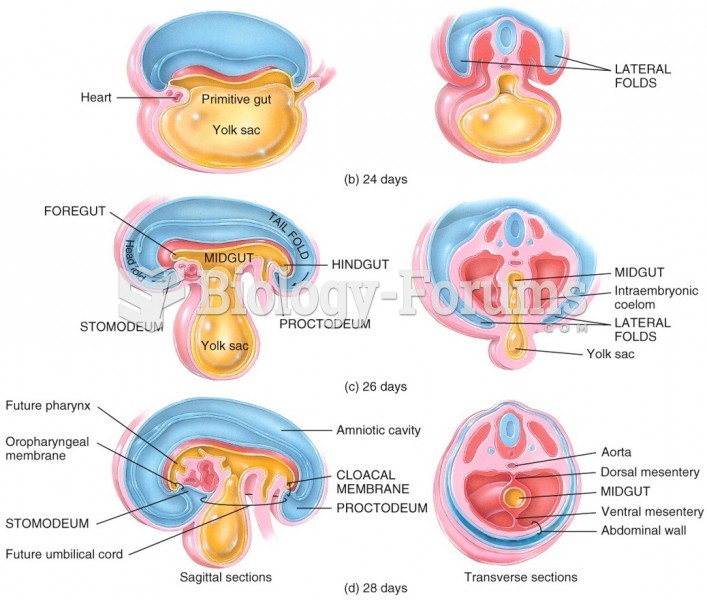Answer to Question 1
Answer: Change is occurring at an amazing speed, with knowledge doubling every year. Perhaps no factor has influenced T&D more than technology. As technology becomes capable of handling more and more tasks, employers combine jobs and confer broader responsibilities on remaining workers. For example, the technology of advanced automated manufacturing, such as that in the automobile industry, is today doing the jobs of other employees, including the laborer, the materials handler, the operator-assembler, and the maintenance person. In fact, it is now commonplace for a single employee to perform all of those tasks in a position called manufacturing technician. The expanding range of tasks and responsibilities in almost all jobs demand higher levels of reading, writing, and problem solving skills. Employees must possess higher levels of reading skills than before because they must now be able to read the operating and troubleshooting manuals (when problems arise) of automated manufacturing equipment that is based on computer technology. Previously, the design of manufacturing equipment was relatively simple and easy to operate, based on simple mechanical principles such as pulleys. Technological innovation also has fostered increased autonomy and team-oriented work places, which also demand different job-related skills than employees once needed. For example, the manufacturing technician's job mentioned previously, is generally more autonomous than its predecessor. Thus, technicians must be able to manage themselves and their time. Employers now rely on working teams' technical and interpersonal skills to drive efficiency and to improve quality. Today's consumers often expect customized products and applications, which require that employees possess sufficient technical skill to tailor products and services to customers' needs, as well as the interpersonal skills necessary to determine client needs and customer service.
Answer to Question 2
Answer: TRUE







